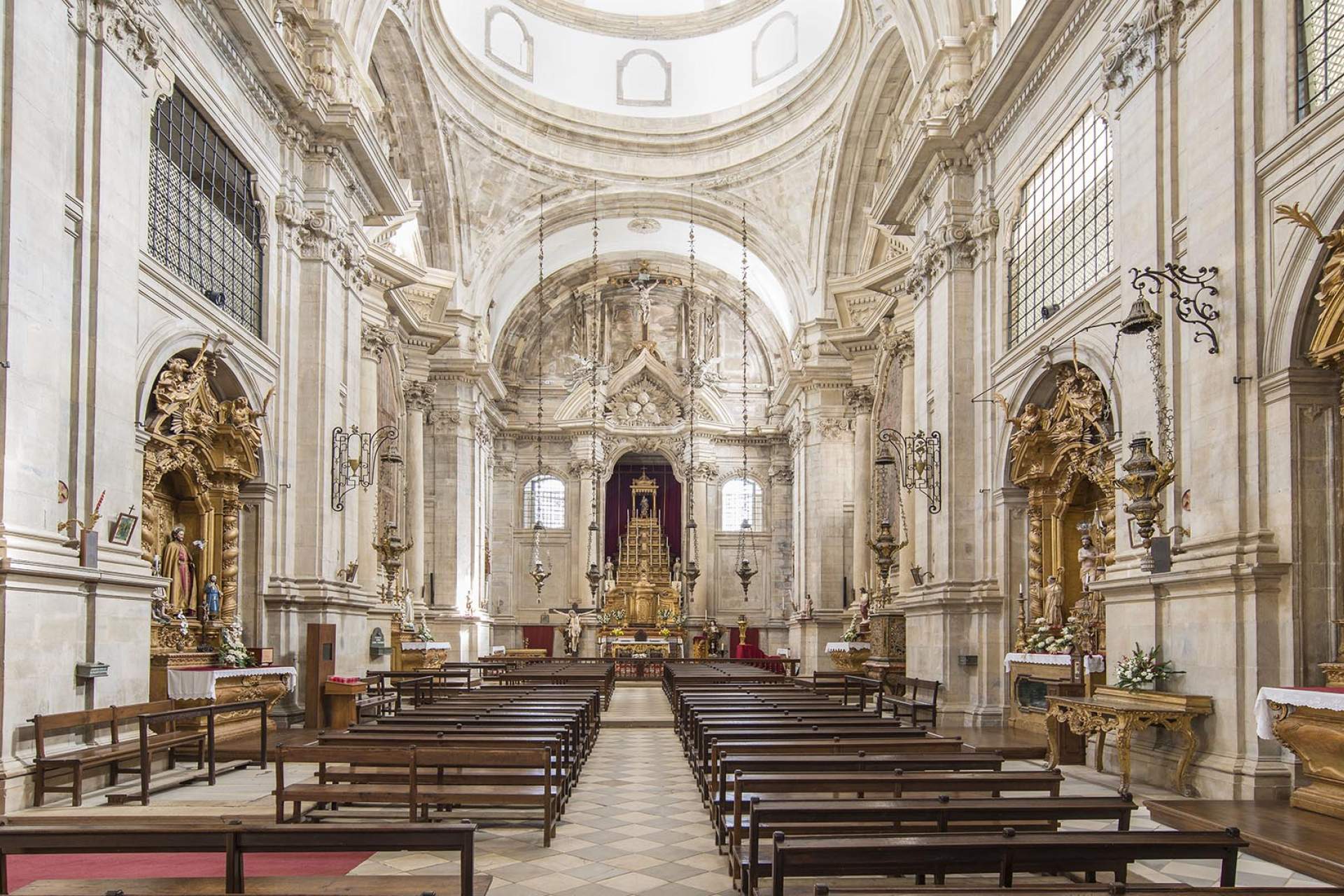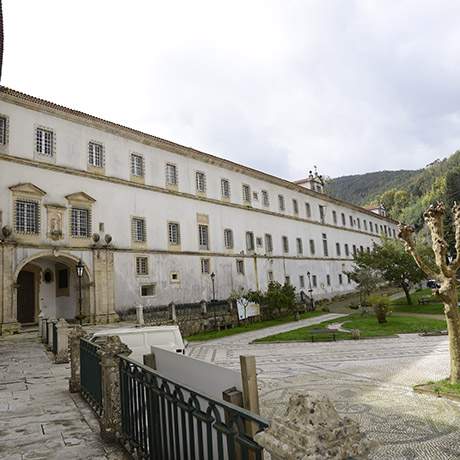
Monastery of Santa Maria de Lorvão - Penacova
A monastery dating to the 6 th century.
According to the old chronicles, the foundation of a monastery in Lorvão dates back to the 6 th century. However, the earliest written documents date back to the 9 th century and are later than the Christian Reconquest. At that time, the locale was entrusted to the monks of Cluny, responsible for the agrarian development of the surrounding region and the monastery was dedicated to the martyrs of Saint Mamede and Saint Pelágio. The prosperity of the monastery was curtailed by the Muslim invasion in the 10 th century and later revived by the influence of Count D. Henrique, who donated it to the bishop of Coimbra. Later, D. Teresa, daughter of the second king of Portugal, entrusted it to the Order of Cister, which established a female monastic community there, invoking Santa Maria.
The complex that is there today, in a valley surrounded by beautiful vegetation, comes mainly from the 17 th and 18 th centuries. The church, built between 1748 and 1761, is the work of Mateus Vicente de Oliveira, and its Baroque architecture resumes the visual language already used in Mafra. The main chapel is dominated by an imposing altarpiece surmounted by the cross of Christ and on its side walls are silver urns, relics of the Blessed Teresa and Sancha, daughters of D. Sancho I, whom the people call Saintly Queens. They are venerated over the penultimate weekend of October.
The figure of the Virgin Mary has a special place. In the chancel, behind an iron grid decorated with golden bronze figurines, on a side-altar is the sculpture of Santa Maria de Lorvão, also known as Our Lady of Life.
The chancel of the lower-choir is a notable work in Portugal in the field of 18 th century carving, made of rosewood and walnut, with high backs and decorated with figures of the holy martyrs, surrounded by foliage.
The double-facade organ, built by António Xavier Machado Cerveira, can also be admired, as can the paintings by Pascoal Parente and other historical gems that are distributed around the Chapterhouse, the cloister and several other nooks and crannies.
Address:
Rua Evaristo Lopes Guimarães, 3360-106 Lorvão - Penacova
Phone:
Timetable:
winter: 9.00 - 12.00 and 14.00 - 17.30; summer: 9.00 - 12.00 and 14.00 18.30
Closing day(s):
Mondays, 1 January, Easter Sunday and 25 December
Close
Search results for:
No results were found matching your search.
Information available soon.



